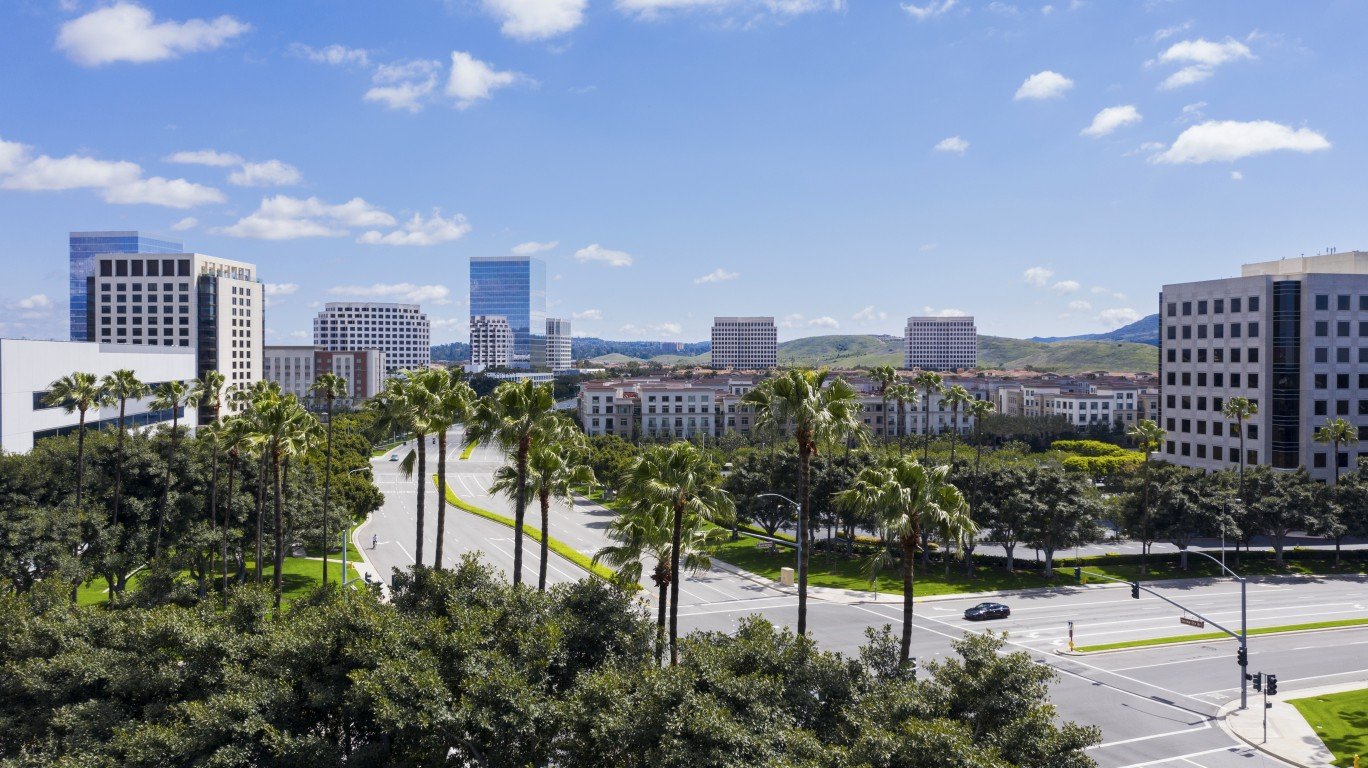
10. Irvine, California
> City covered by hazardous waste areas: 10.2% (6.7 sq. mi.)
> Number of hazardous waste areas: 1
> Largest hazardous waste area: El Toro Marine Corps Air Station
> Total population: 272,694
Commissioned in 1943, this Marine Corps air station was commissioned for closure in 1993 after serving as a major West Coast jet fighter facility. The EPA found 25 areas of potential contamination from both hazardous and solid waste, including battery acid, leaded fuels, and PCBs. Long-term cleanup is ongoing.
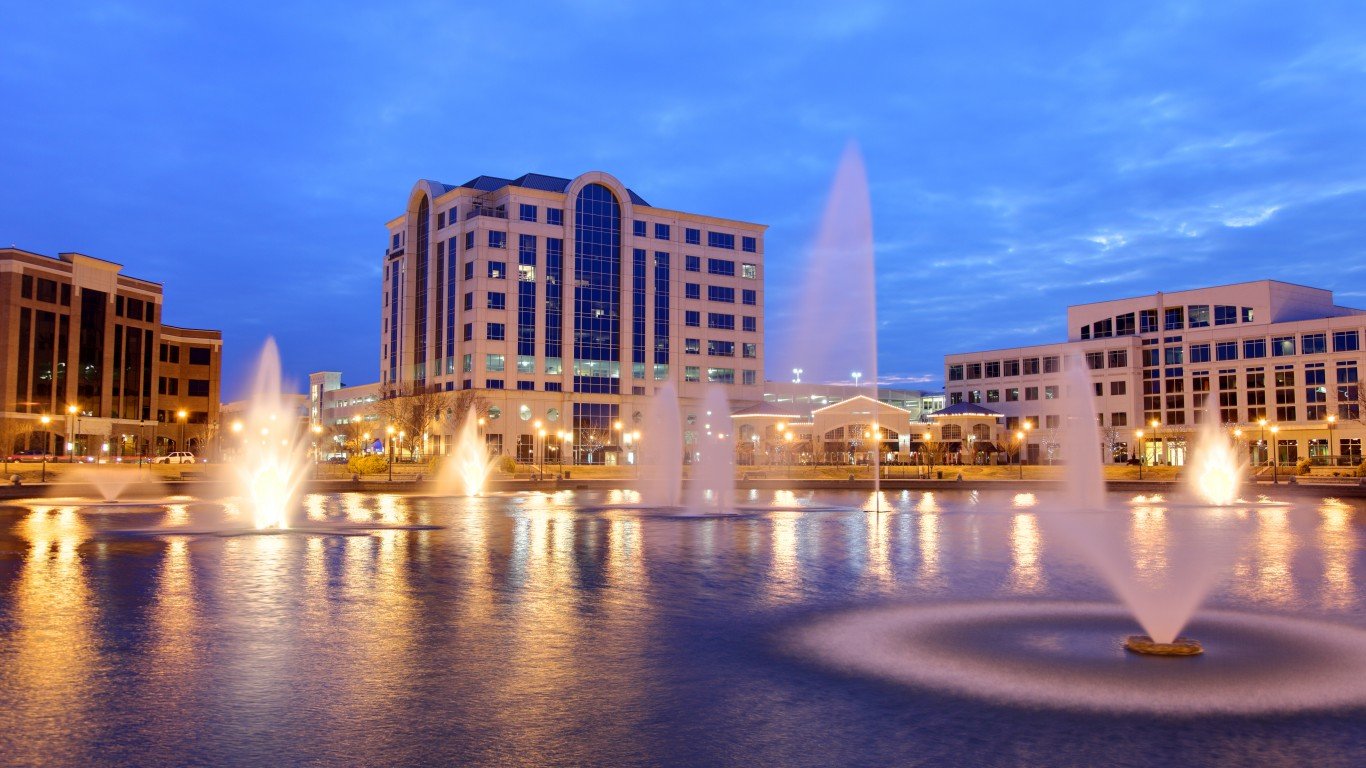
9. Newport News, Virginia
> City covered by hazardous waste areas: 10.7% (12.8 sq. mi.)
> Number of hazardous waste areas: 2
> Largest hazardous waste area: Fort Eustis
> Total population: 179,582
Fort Eustis is an active Army installation located on a peninsula of the Warwick and James Rivers that was established during World War I. Numerous activities there over the century have caused hazardous chemical contamination of soil, sediment, and water, both on the surface and underground. Investigations and other remedial activities in the area are ongoing.
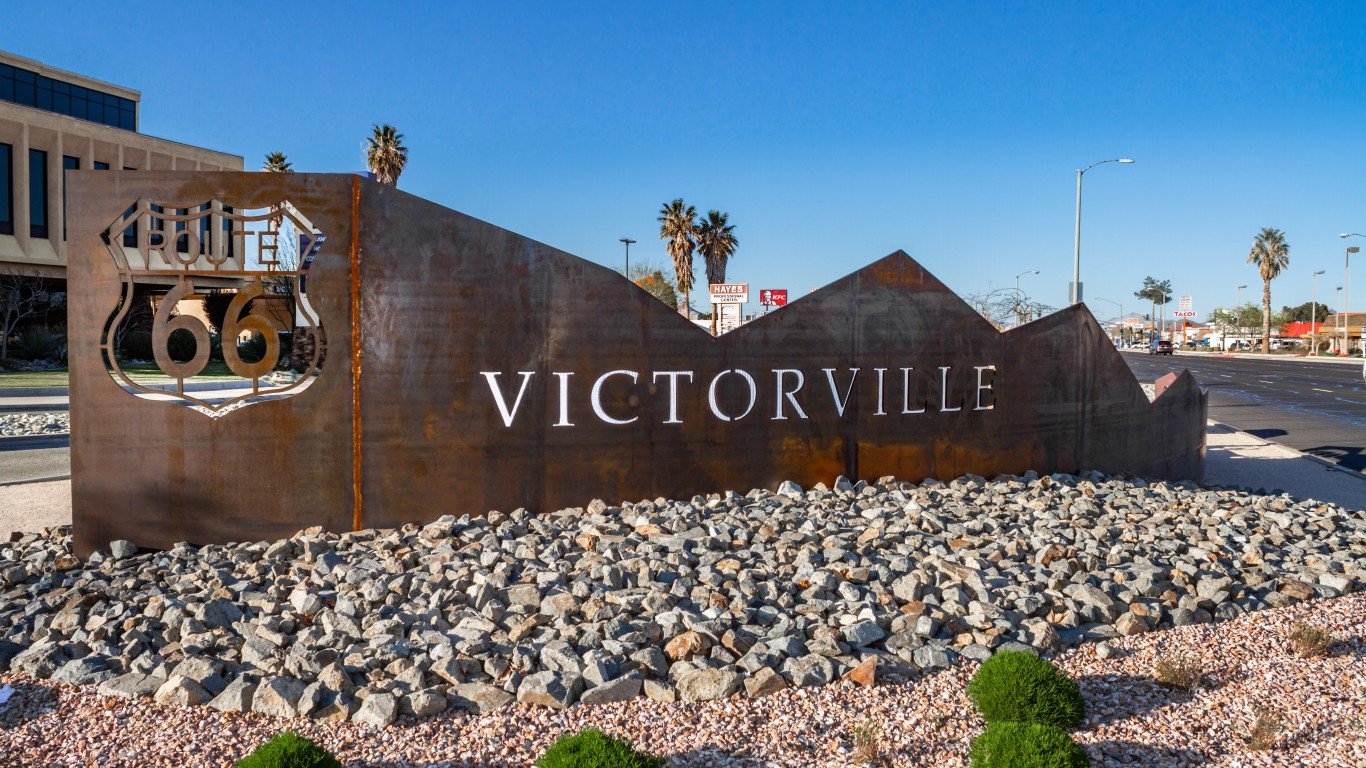
8. Victorville, California
> City covered by hazardous waste areas: 11.1% (8.2 sq. mi.)
> Number of hazardous waste areas: 1
> Largest hazardous waste area: George Air Force Base
> Total population: 122,958
Established during World War II and closed in 1992, George Air Force Base, 70 miles northeast of Los Angeles, supported tactical fighter jets and trained air crews and maintenance workers. Decades of military aircraft operations resulted in various hazardous contaminants seeping into the soil and leaching into groundwater.
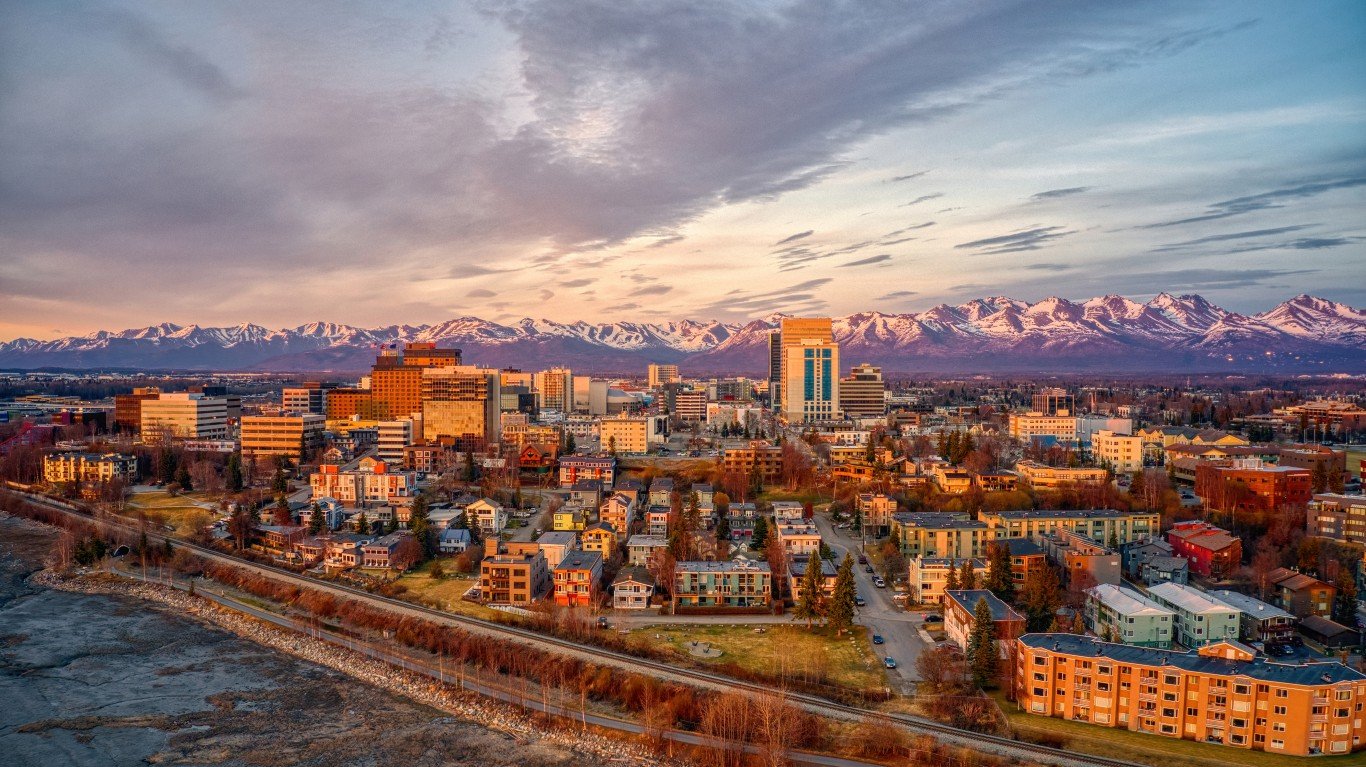
7. Anchorage, Alaska
> City covered by hazardous waste areas: 12.2% (236.7 sq. mi.)
> Number of hazardous waste areas: 6
> Largest hazardous waste area: Fort Richardson
> Total population: 292,090
Fort Richardson was commissioned in 1940 and continues to command and control Army forces in Alaska. Past activities included dumping oil, solvents, and fuel into floor drains; burning waste oil, solvents, and contaminated fuel in fire burn pits used for firefighter training; burying munitions and hazardous chemicals; and storing waste oil in underground tanks.
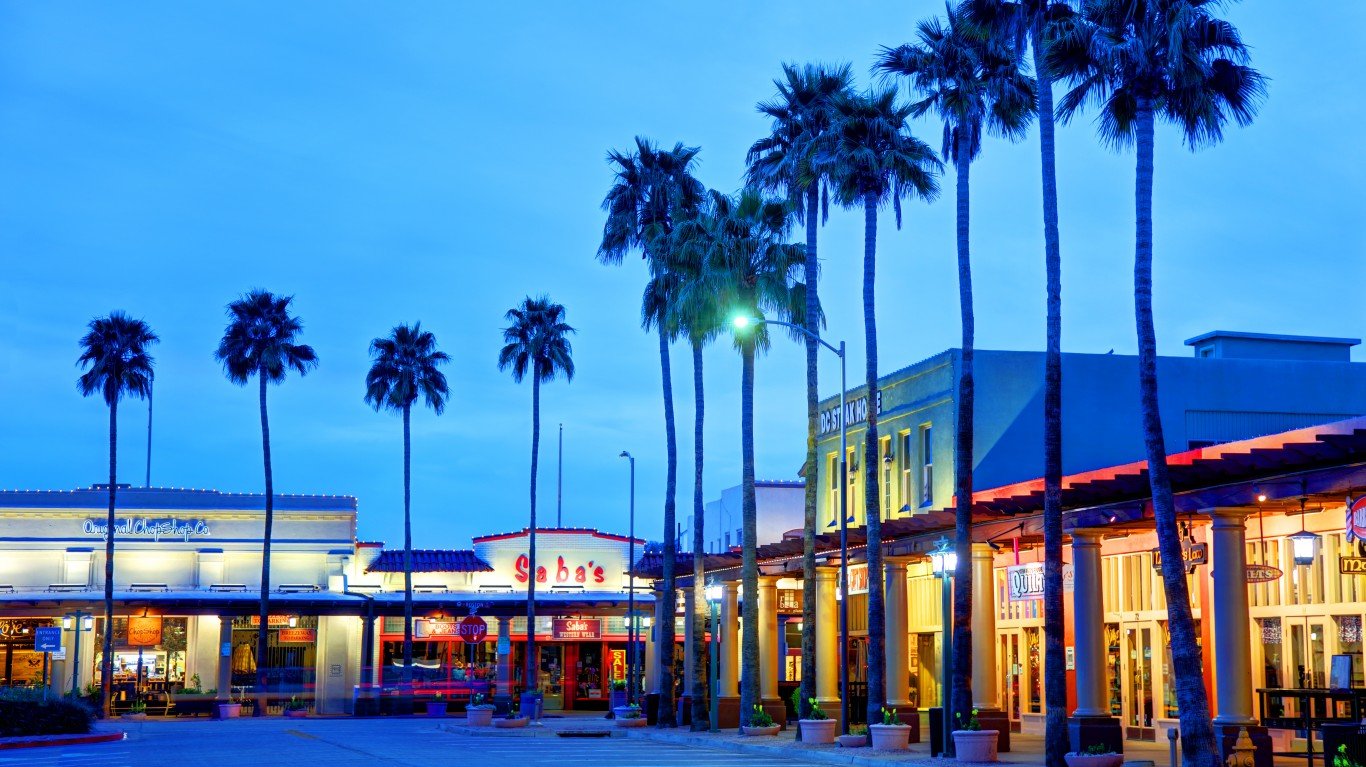
6. Chandler, Arizona
> City covered by hazardous waste areas: 12.8% (8.4 sq. mi.)
> Number of hazardous waste areas: 1
> Largest hazardous waste area: Mesa Area Groundwater Contamination
> Total population: 257,076
Located in east Mesa, the Fort Williams Air Force Base area is now mostly home to the Phoenix-Mesa Gateway Airport and the campus of Arizona State University Polytechnic. Much of the site has been cleaned up, but the Air Force is still addressing contaminated groundwater at a fuel spill site and a landfill. Contaminants include poly-fluoroalkyl substances (PFAS) used in firefighting foam.

 24/7 Tempo
24/7 Tempo




